Modern Chinese Architecture
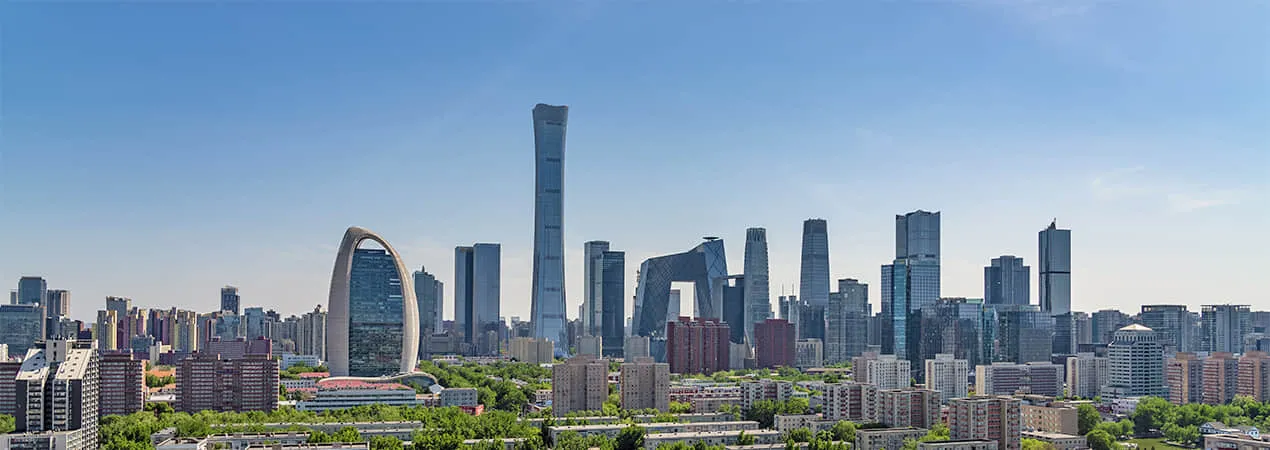
Modern Chinese architecture refers to those buildings built after the First Opium War in 1840 when there was a process to learn about western architectural thought and building technology. This is also a period when western architecture blended with Chinese traditional architecture.
The influence of foreign styles
China had been a semi-colonial and semi-feudal society since 1840, which was the start of modern Chinese architecture by western architectural culture shock and motivation. On one hand, there was a continuation of Chinese traditional buildings, on the other hand, the western elements, techniques, material, and decoration were introduced into China, and the building activities interacted mutually. This is the mainline of modern Chinese architecture history making its unique characteristic.
Before the middle of the 19th century China was a feudal country with long time isolation and slow development. Its architecture followed the rules from the imperial period; the principle is a highly mature wooden frame system, a traditional style which was quite distinct from western architecture.
From the late 19th century to the early 20th century, American and European architecture experienced a period of change from Classic Revival and Romanticism to Modernism. Those architectural styles were successively presented in modern Chinese architecture. For instance, international settlement cities including Shanghai, Tianjin, and Hankou displayed a mixture with popular architecture from Europe and America at that time, showing the hybrid appearance of cities. However, as Qingdao, Dalian, and Harbin were leased by one country, each has a coordinated architectural style.
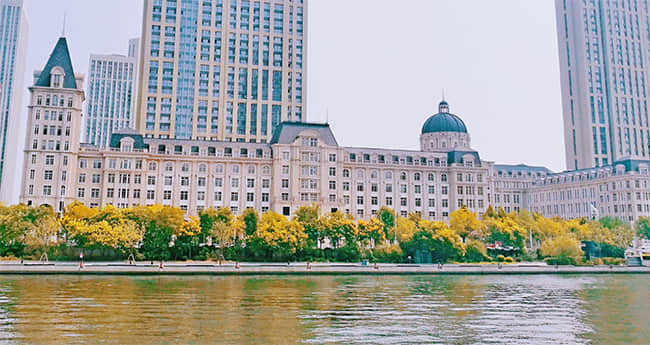
Hehai dong Road, Tianjin
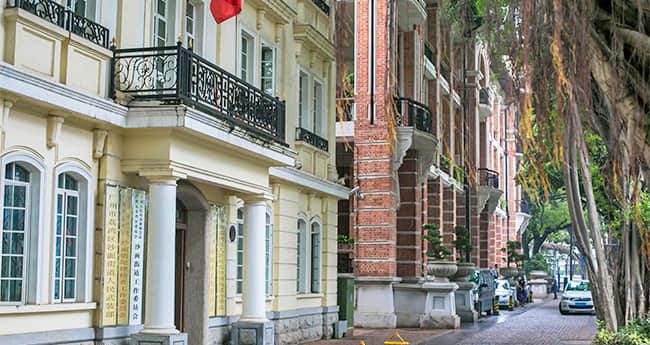
Shamian Road, Guangzhou
In this period, Chinese architecture demonstrates tradition mingled with western culture and diversity of building styles. Even though the Chinese traditional architectural system still dominated, commercial and service buildings, including theater, restaurants, hotels, department stores, supermarkets, generally enlarged interpersonal space to break through the traditional pattern. Western styles were contained in Chinese architectural activities. Some foreign architecture like foreign consulates, banks, foreign firms, and clubs existed in the leased cities of Shanghai, Tianjin, Qingdao, and Harbin.
Development of modern Chinese architecture with national character
In the early 1900s, not a few Chinese architects studied abroad to receive formal western architecture education, and then went back to China to practice what they had learned. And so China entered into the period when Chinese and western architecture developed together.
China Architecture Society (Zhongguo Yingzao Xueshe) was founded in 1929, and famous architects Liang Sicheng and Liu Dunzhen were devoted to research in the society. They helped to lay the foundations of the subject of Chinese architecture history.
In the mid-1930s some capital cities were built with multi-level buildings, especially in Shanghai, where there are high-rise buildings with over 28 stories. The form of the architecture with national characteristics combined with modern function and technique appeared at that time.
A stage of stagnation
As the modern Chinese policy and economy went through ups and downs, wars and relevant political events were the main factors that influenced Chinese architecture activities. From 1937 to 1949, affected by the War of Resistance against Japanese aggression, Chinese architecture was entirely suspended.
After the foundation of the People’s Republic of China, Chinese architecture entered into a rapid development period. A lot of edifices were under construction, such as housing, industrial buildings, infrastructure, and construction programs such as dams and bridges. The outstanding representatives of the “New Communist Buildings Period” style are Great Hall of the People and Tiananmen Square which were built between 1958 and 1959.
Over the course of the Cultural Revolution (1966-1976), many magnificent older buildings and their exquisite decorations were seriously damaged or destroyed, as the new regime regarded them as symbols of decadence and the conflict of social classes.
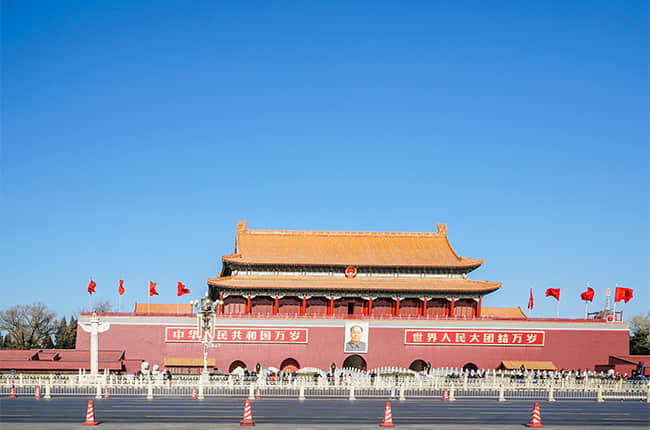
Tiananmen Square
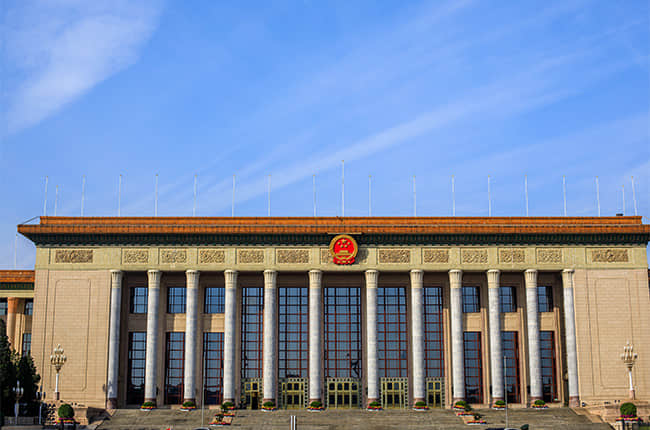
Great Hall of the People
Architecture Boom in China
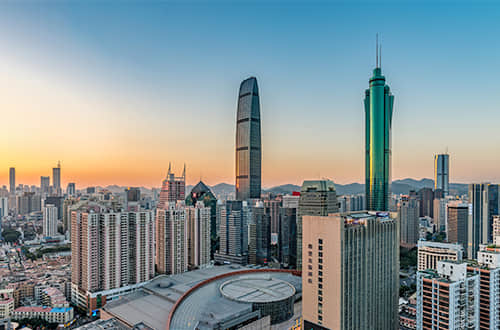 Landmarks in Shenzhen
Landmarks in Shenzhen
Since the 1980s, with the implementation of China’s opening up of economic and diplomatic policies, Chinese architectural design has gradually become creative and with multiple styles. Throughout the twentieth century, western-trained Chinese architects attempted to incorporate traditional Chinese designs into modern buildings, but with only limited success, and in part because the pressure of rapid urbanization throughout whole country made demands for speedier construction of buildings. An increased number of office towers, hotels, shopping spaces, and urban housing were erected, as well as massive new roadways being constructed. In the 1990s, diverse nationalities of architects, architectural firms and communities cooperated together to build some landmarks, famous buildings, and established provincial capitals. Thus, important cities such as Beijing, Tianjing, Xi’an, Shanghai, Chongqing, Chengdu, Shenzhen, and Guangzhou rapidly changed their appearance.
Into the 21st century
After more than three decades of sustained and rapid economic growth, China, has become a nation that enjoys the fastest rate of urbanization. At the turn of the 21st century, responding to the long-standing concern for preserving tradition, Chinese contemporary architecture has reinterpreted traditional design in urban areas. Some of China’s most famous contemporary buildings include the Bird’s Nest in Beijing, China Art Museum in Shanghai, and the Suzhou Museum. Currently, the Chinese architects once again stand at a key historical turning point. At this time, we need to look back: what is and where to base the core value of the development of Chinese architecture? How do we figure out the path for Chinese architectural design in the context of new urbanization?
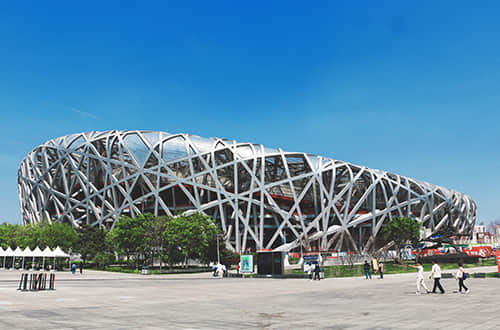
The Bird Nest in Beijing
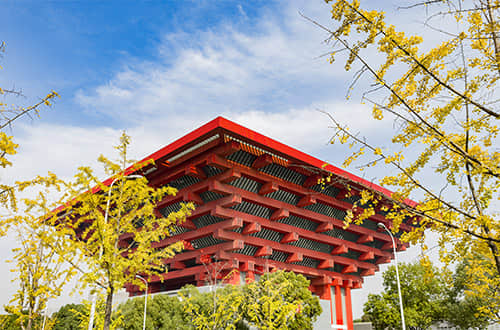
China Art Museum in Shanghai

OR
Are you eager to begin your Chinese cultural journey?
Drop us a line and we will promptly connect you with our leading China expert!
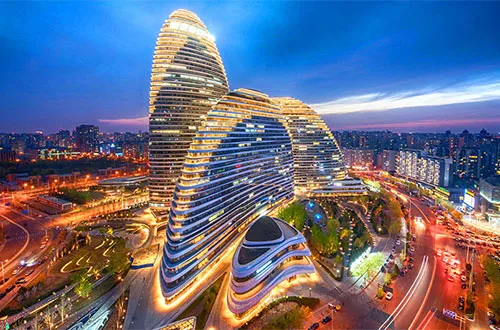 The 10 Best Skylines in China
The 10 Best Skylines in China 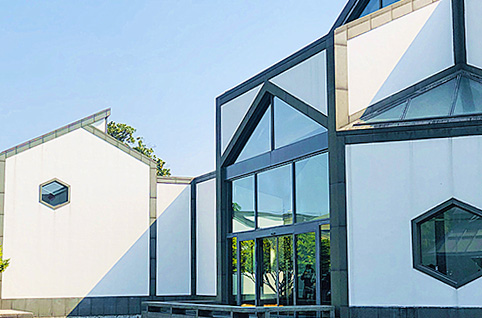 Top 6 Places for Architecture Photography
Top 6 Places for Architecture Photography 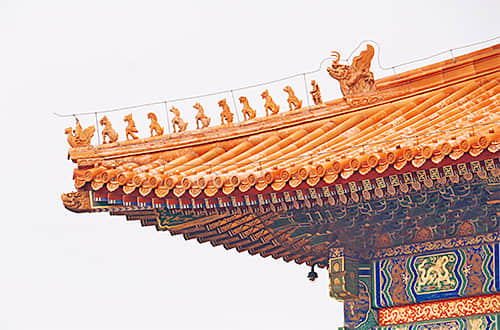 China Architecture Tour
China Architecture Tour 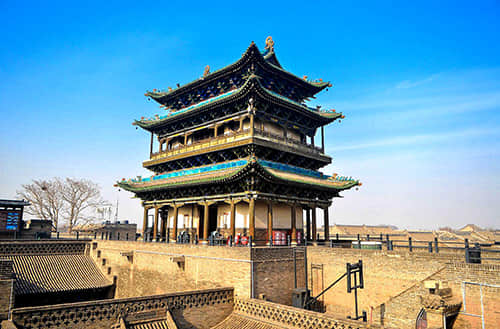 Art and Architecture Tour
Art and Architecture Tour